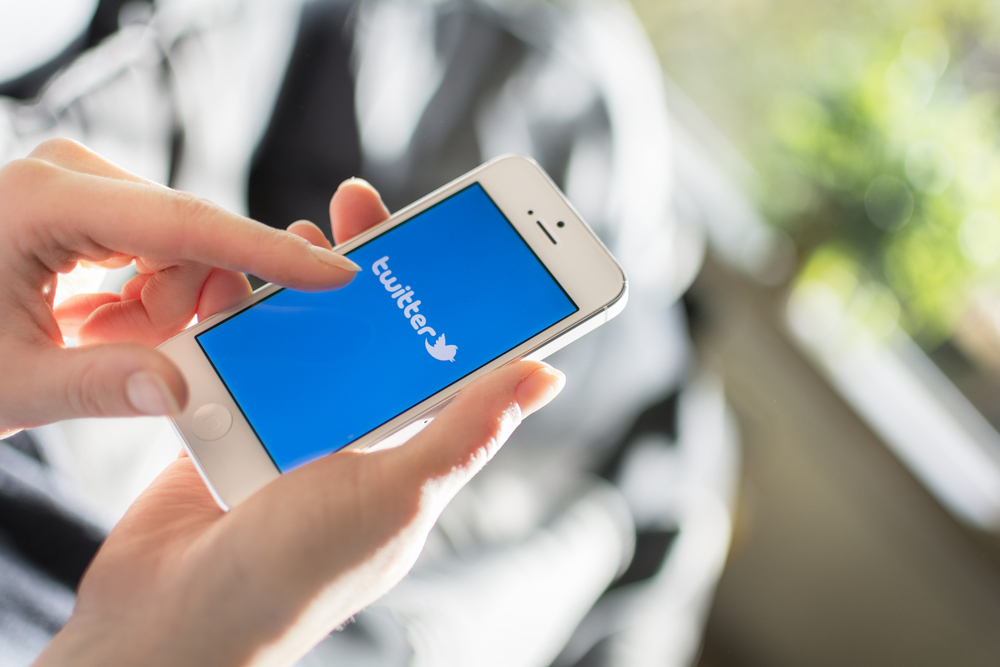Most of the news about Twitter in 2014 has made it seem like the company’s developers are cooking up new ideas like mad scientists in a lab. Over the course of the last few months, Twitter users have come to terms with a new layout, the possible elimination of the @reply and the removal of traditional Retweets. Fortunately, the latest tweaks are much less radical and don’t seem as if they will fundamentally alter the social marketing landscape, and they will be a positive change for brands either way.
Addressing engagement instantly
The first addition to Twitter’s was mentioned in a story on TheNextWeb, although hasn’t been formally announced yet. Apparently, some accounts now have the option to receive mobile notifications when Tweets receive significant engagement. Twitter already has a somewhat similar feature that sends users alerts when more than one person they follow Retweet the same post. However, the updated engagement function is more marketing-centric. It isn’t clear how much engagement (or exactly what kinds) will trigger the alert, but it’s always helpful to know when any social interactions are taking place.
Now, social media managers in charge of Twitter accounts will be able to make the speedy responses that mark good customer service and social media marketing etiquette. As Brafton reported, more than one-third of consumers will be more likely to buy from a business the replies to social posts within an hour, and 42 percent are willing to promote that business to their followers if they get the desired response. Knowing when a Tweet is causing a lot of social activity means being able to capitalize on customers’ preference for quick answers.
Sharing web content in Twitter feeds
The other Twitter feature comes courtesy of the network’s official blog. A recent post announced the introduction of Website Cards, which are simply brief previews of brands’ external sites. They show up the same way targeted Twitter ads do, but they aren’t designed to look like regular Tweets. Instead, they actively invite users to leave the network and go to an official site with pre-designed text and pictures.
This is great for Twitter marketing as it allows brands to get more information about people once they’ve gone from a Website Card to a commercial page. Conversions aren’t very prevalent on Twitter itself yet, so ultimately, customers will have to get to company pages eventually. It also allows for more seamless branding – instead of having to capture the flavor of what a site is like, companies can simply show it.




